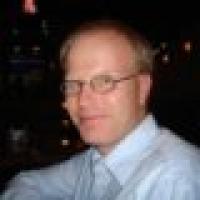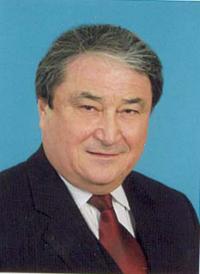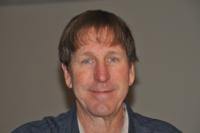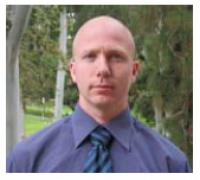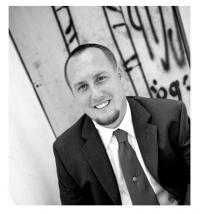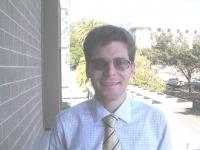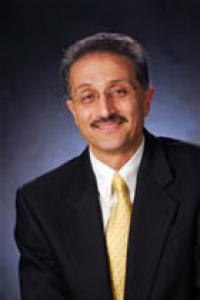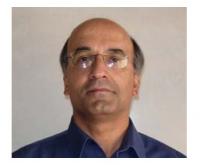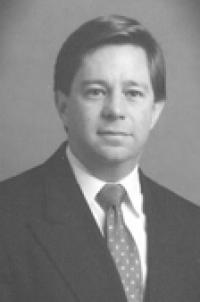
Quantitative risk assessments are an integral part of risk-informed regulation of current and future nuclear plants in the U.S. The Bayesian approach to uncertainty, in which both stochastic and epistemic uncertainties are represented with precise probability distributions, is the standard approach to modeling uncertainties in such quantitative risk assessments. However, there are long-standing criticisms of the Bayesian approach to epistemic uncertainty from many perspectives, and a number of alternative approaches have been proposed. Among these alternatives, the most promising (and most rapidly developing) would appear to be the concept of imprecise probability (Walley, 1991). In this colloquium, I will employ a performance indicatory example to focus the discussion. I will first give a short overview of the traditional Bayesian paradigm and review some its controversial aspects, for example, issues with so-called noninformative prior distributions. I then discuss how the imprecise probability approach handles these issues and compare it with two other approaches: sensitivity analysis and hierarchical Bayes modeling. I conclude with some practical implications for risk-informed decision making and an overview of ongoing research.
Dana Kelly is a Distinguished Staff Scientist in the Nuclear Risk and Reliability group at the Idaho National Laboratory. His current research focuses primarily on Bayesian and non-Bayesian approaches to uncertainty quantification, decision analysis, and simulation of complex systems. He has worked in the field of risk assessment for over 20 years and has numerous peer-reviewed publications in technical journals.

